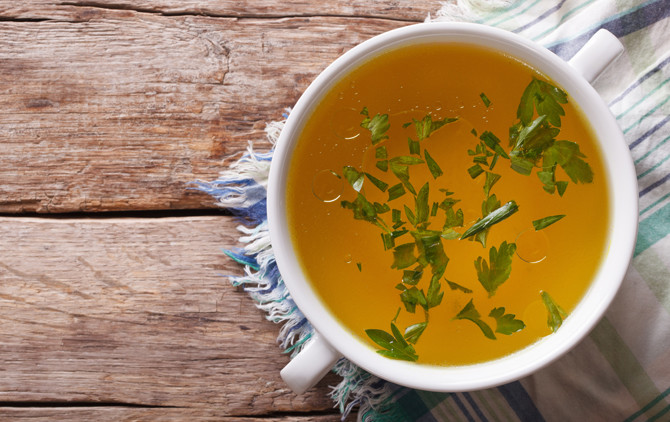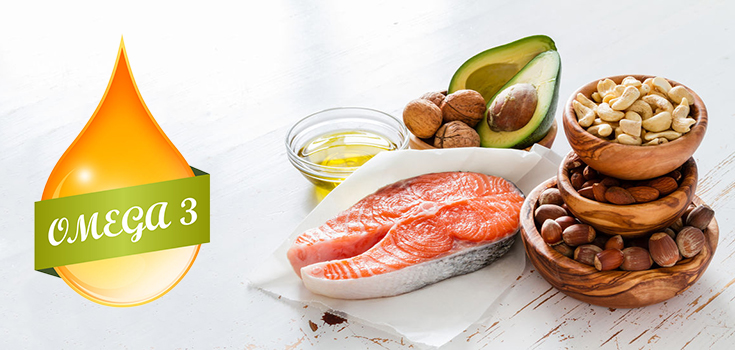Yogurt and Your Probiotic Gut – Health
Yogurt has been a mainstay in “healthier” diets in the US since the 70s. But what is this stuff? As most of us know, yogurt comes from milk. – Active, living cultures transform pasteurized milk by way of fermentation to create this now, all American, snack. The two organisms most commonly used for the process … Read more








